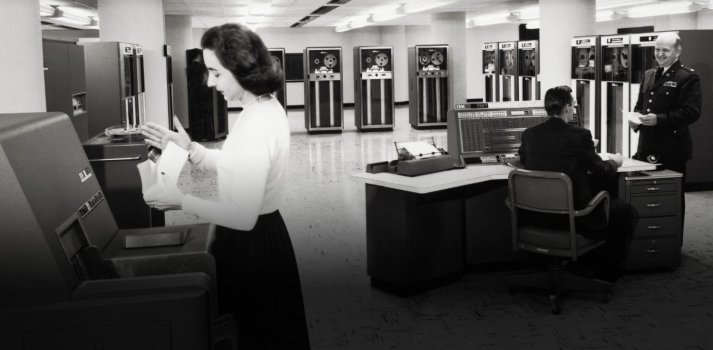5G coupled with blockchain technology can open a whole new world
- Technology Solutions
- 0 Replies
The 5G rollout in India is likely to begin this month and it could have a significant impact on how services are delivered to consumers and enterprises. The 5G is expected to globally redefine a range of industries such as transport, healthcare and logistics. Unlike 3G and 4G, which largely offered improvements in data transfer speeds on smartphones, 5G will allow a universe of connected devices to interact with each other.
Experts believe that 5G will be the potential enabler that leads to the widescale adoption of blockchain technology in several aspects such as trade financing, logistics, healthcare, education, etc.
The novel characteristics of 5G can be exploited to support new business models and services that require seamless interactions among multiple parties that may include mobile operators, enterprises, telecom providers, government regulators, and infrastructure providers. Meanwhile, blockchain has been increasingly used to register, authenticate and validate assets and transactions, govern interactions, record data and manage the identification among multiple parties, in a trusted, decentralized, and secure manner.
Complementing each other
It’s thus not just 5G enabling Blockchain. Both are complementary to each other. 5G will provide the needed infrastructure for the machine-to-machine interactions, Blockchain will ensure data reliability, and security, enabling smarter and faster value functions.
The ultimate goal is to reduce network bandwidth and make the communication between devices live. Since current devices are centralized, which means that one entity owns it, it makes it riskier for wider adoption. This is where blockchain comes into the picture, it promises decentralization, which means nobody controls how these devices operate, and every transfer of data is recorded in a distributed ledger, giving users full control over their privacy. This wouldn’t be possible on 4G.
Continue reading: https://thefederal.com/business/5g-coupled-with-blockchain-technology-can-open-a-whole-new-world/
Experts believe that 5G will be the potential enabler that leads to the widescale adoption of blockchain technology in several aspects such as trade financing, logistics, healthcare, education, etc.
The novel characteristics of 5G can be exploited to support new business models and services that require seamless interactions among multiple parties that may include mobile operators, enterprises, telecom providers, government regulators, and infrastructure providers. Meanwhile, blockchain has been increasingly used to register, authenticate and validate assets and transactions, govern interactions, record data and manage the identification among multiple parties, in a trusted, decentralized, and secure manner.
Complementing each other
It’s thus not just 5G enabling Blockchain. Both are complementary to each other. 5G will provide the needed infrastructure for the machine-to-machine interactions, Blockchain will ensure data reliability, and security, enabling smarter and faster value functions.
The ultimate goal is to reduce network bandwidth and make the communication between devices live. Since current devices are centralized, which means that one entity owns it, it makes it riskier for wider adoption. This is where blockchain comes into the picture, it promises decentralization, which means nobody controls how these devices operate, and every transfer of data is recorded in a distributed ledger, giving users full control over their privacy. This wouldn’t be possible on 4G.
Continue reading: https://thefederal.com/business/5g-coupled-with-blockchain-technology-can-open-a-whole-new-world/

























